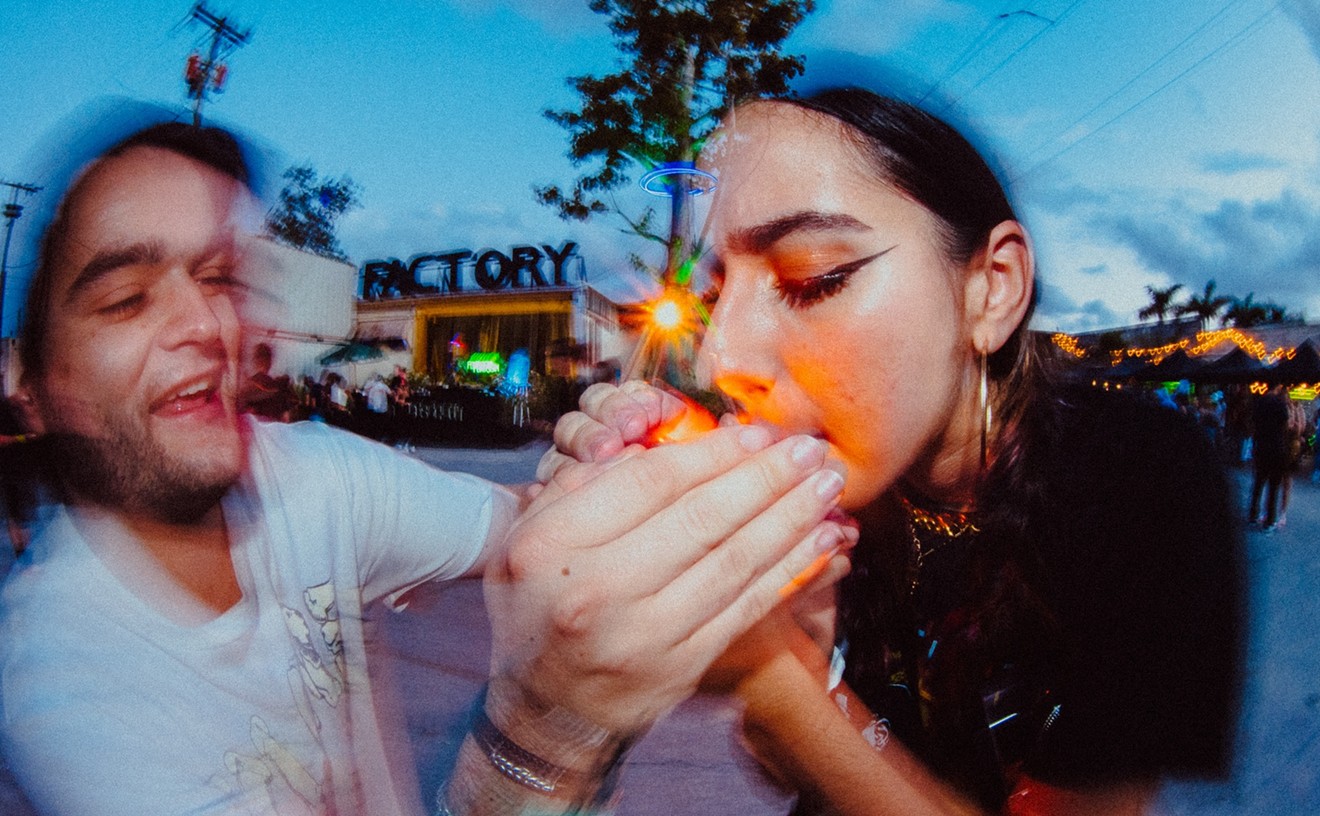The story of four Canadians and one lone American who reinvented and reinvigorated American myth for a late-twentieth-century audience is an unlikely one that began in Canada in the early Sixties, where Ronnie Hawkins spent much of his time touring roadhouses and tiny clubs. While there he recruited several young Canucks into his group: Garth Hudson on organ, Richard Manuel on piano, Rick Danko on bass, and Robbie Robertson on guitar. The addition of Arkansas native Levon Helm on drums completed his back-up band, and this outfit toured Canada and the American South for years until they came to the attention of Dylan, who was looking for a rock group to tour with him during his electric period.
Sans Helm, who elected to stay home, this group backed Dylan on his notorious overseas tour of 1966, when he was booed by folkie purists for having the gall to play rock and roll. (This tour is remarkably documented on the Dylan 1966 Live at Royal Albert Hall double-disc set released by CBS a few years back.) Returning to Woodstock and reuniting with Helm, the musicians began working on songwriting demos with Dylan at a rambling split-level ranch house painted pink (hence the title of the Band's first album, Music from Big Pink). These casual recordings eventually would become known as The Basement Tapes, released in 1975 in an adulterated authorized version, and circuitously lead to a record deal with Capitol Records for a group that would become the Band. The rest is history of sorts, a sad one, of course, but one that began with promise and genius.
Capitol has re-released all the group's albums in a series known as The Band Remasters, with detailed liner notes by Band expert Rob Bowman and unreleased extra tracks and photos. There are eight albums in the series, but the Band's saga essentially was played out on its first four releases, the ones covered here. All tracks are 24-bit digitally remastered, and the sound is uniformly warm and analog for digital mastering, especially on the alternate tracks and unreleased demos. Capitol is to be given credit for doing this series right. Rather than lose context and inflate prices, the company wisely has chosen to re-release the original albums separately, instead of in another predictable box set à la Across the Great Divide (which has now been deleted from the Capitol catalogue, and gratefully so, since these recordings work better as self-contained albums).
Recorded and released in 1968, Music from Big Pink was out of step with the postpsychedelic rock scene. From the impressionistic front-cover painting by Dylan to the back-cover photo of the pink ranch house in Woodstock where the music for the album was composed, the record's appearance was mysterious and confounding. The photos of the soberly dressed musicians found on the album's sleeve were drab and plain at a time when many rock bands dressed like foppish buffoons or cartoon characters. The music was even odder: a mix of country, R&B, and American folk music that was hard to pin down. It was a sound both familiar and jarringly unique. The way that Helm, Danko, and Manuel traded verses and lines was very different from the choral singing favored by mid- and late-Sixties rock bands. The effect of their vocals was haunting and almost ethereal. It was a kind of white soul music without strain and affectation. With Music from Big Pink, the Band created a musical genre and set up a mystique and a set of expectations that should have been hard to meet.
But the Band met and exceeded all expectations with its second album, generally agreed to be the group's masterpiece. Simply titled The Band, it was cut in early 1969 at Sammy Davis, Jr.'s pool house in Los Angeles. This recording marked the emergence of Robbie Robertson as primary songwriter and de facto band leader. He wrote songs for the album that revolved around an America peopled by embittered Civil War veterans, sharecroppers, rounders, small-time crooks, and drifters. It turned out to be a concept record about the power of myth, one that didn't bore or stultify as so many other late-Sixties concept albums did. The music and production were perfectly matched, sounding timeless and unadorned. Producer John Simon and Robertson purposely cut and mixed the album with lots of bass and low-end signal, producing a very dry, powerful sound. It also gave the band its only Top 30 single in the form of “Up on Cripple Creek.” Probably no other recording from the late Sixties better represents the record-album-as-art ethos; it is pretty close to perfect.
Stage Fright, the Band's third full-length recording, sounded solid on the surface, but the group was beginning to fray and unravel behind the scenes. By 1970 three members (Manuel, Danko, and Helm) were using heroin on a more than recreational basis. Touring and fame also were wearing the band down and tearing it apart. Add jealousy and writer's block to this mix, and you've got Stage Fright, a cheerful-sounding record that unintentionally was confessional. From the title cut about performance fear, to Levon Helm's heroin croak on “Strawberry Wine,” to “Sleeping,” Robertson's paean to watching his bandmates on the nod, Stage Fright was a spirited romp through a dispirited period in the group's history.
The Band toured hard behind Stage Fright in the fall of 1970 but repaired back to Woodstock in the winter of 1971 to record Cahoots at the newly opened Bearsville Studio, owned by Dylan's manager, Albert Grossman. The new studio had a lot of technical bugs that had not yet been worked out when recording for the album commenced, and this caused some problems. And the group had no material written for their fourth long-player; the entire album was written in the studio, a first for the Band. Almost all the songs were penned by Robertson, who wrote mostly about his newfound love for classic cinema. Cahoots was the record on which the Band stopped being one. What came to the group naturally and almost effortlessly before now had to be pulled and stitched together entirely by Robertson. The record sounds bright, tired, and slick, a miserable combination for the group and the listener. The Band's cover of Marvin Gaye's “Don't Do It” is included as a bonus track, almost enough reason to purchase this remastered version of Cahoots.Well, almost enough reason. The rest of the Band's tale is mainly sad. The group kept touring and recording until the end of 1976, when Robertson decided to call a halt to things with the all-star gala documented in Martin Scorsese's acclaimed The Last Waltz. Individual members went on to faltering but worthy solo careers before reuniting as the Band in the mid-Eighties (sans Robertson, it must be noted; he declined all offers to perform with the reconstituted Band ensemble). Manuel cleaned up for a while but hung himself while on tour in 1986 after returning to booze and drugs. Danko recorded sporadically and was arrested on a heroin charge in 1997; two years later he died of heart failure. Helm has been battling throat cancer the past few years. Hudson putters and keeps a low profile. Robertson has indulged in a senseless solo career full of inflated self-regard for his dwindling talent. Typical twentieth-century-rock-band-in-decline drama. Forget the past 30 years. Remember Music from Big Pink and The Band, and be grateful someone invented the phonograph record.










